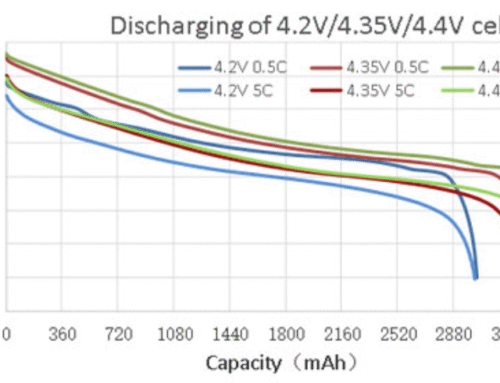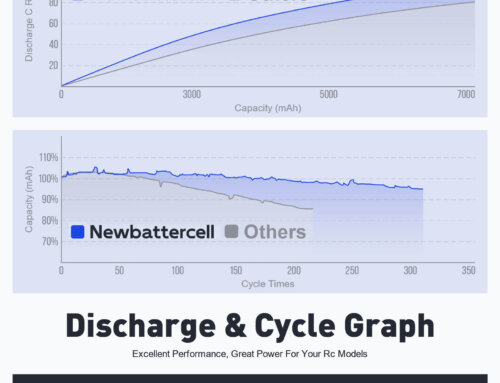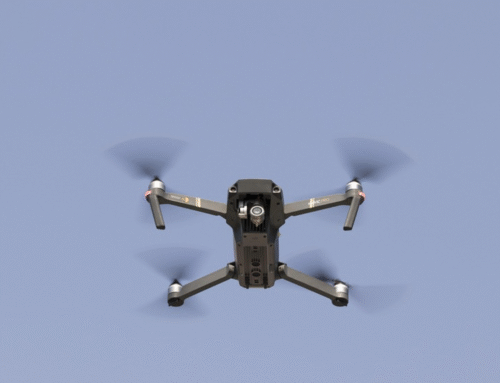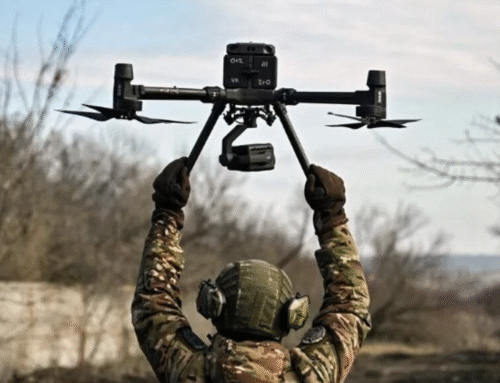Exploring Types of Lithium Polymer Battery Connectors
Lithium polymer (LiPo) batteries have become the preferred power source for a wide range of electronic devices, particularly in the radio control (RC) hobbyist community. The versatility and high energy density of LiPo batteries make them a go-to choice for everything from remote-controlled cars and drones to portable electronics. A crucial aspect of using lithium polymer batteries is understanding the various connector types available. In this article, we dive into the different types of lithium polymer battery connectors, address key considerations, and provide insights into their applications.
Overview of Lithium Polymer Battery Connector Types
Lipo battery(Lithium polymer batterie) are typically equipped with various connectors that facilitate power transmission between the battery and its powered device. These connectors play a vital role in ensuring safe and efficient electrical connections. The specific type of connector may vary depending on the manufacturer and the intended use of the battery. Some common connector types found on LiPo batteries include:
- Deans Connectors (T-Plug): A popular choice among RC enthusiasts, these offer reliable, low-resistance connections, making them suitable for high-performance applications.
- XT60 and XT90 Connectors: Widely used in the RC community, XT60 connectors are common for smaller applications, while XT90 connectors are designed to handle higher currents in more demanding setups.
- EC5 and EC8 Connectors: EC5 connectors suit lower power requirements, while EC8 connectors are built to manage higher current demands, often used in remote-controlled vehicles.
- Anderson Powerpole Connectors: Commonly used in 12V applications, these are known for their versatility and are widely applied in various electronic devices and power distribution systems.
- JST Connectors: Typically used in small RC models and electronic devices, available in various sizes such as Micro JST and JST-PH, depending on the application.
- PH 2.0 and Molex Picoblade Connectors: Often used with small LiPo batteries in micro RC models or compact electronics, these are lightweight and compact, ideal for space-constrained applications.

What Are the Two Connectors on a Lithium Polymer Battery?
Lithium polymer batteries typically feature two main connectors: the discharge connector and the balance connector. The discharge connector is responsible for powering the device, designed to handle the current demands of the equipment, with the specific type varying (e.g., Deans, XT60, XT90, EC5, EC8, and others). The balance connector is used to balance the individual cells within the LiPo battery. LiPo batteries consist of multiple cells connected in series, and the balance connector ensures each cell receives equal charging and discharging to maximize battery lifespan and performance. It typically has multiple pins corresponding to each cell, monitoring and balancing voltages during charging.
What Types of Connectors Are on RC Lithium Batteries?
Beyond EC3, EC5, and EC8, other popular RC battery connectors include Deans, XT30, XT60, and XT90 connectors. Each type has unique characteristics, such as current-carrying capacity, size, and ease of use. The choice of connector depends on the specific requirements of the RC model and its power needs.
What Is the Difference Between EC3, EC5, and EC8 Lithium Battery Connectors?
EC3, EC5, and EC8 connectors are part of the EC series designed by E-flite, commonly used in the radio control (RC) hobbyist industry. The primary differences lie in their size and current-carrying capacity. EC3 connectors are designed for lower power requirements, typically handling up to 60-80 amps, and are common in medium-sized RC models like planes and helicopters where moderate power suffices. EC5 connectors are built to handle higher currents, ranging from 80 to 120 amps, and are popular in various RC applications, including electric cars, boats, and larger aircraft needing increased power levels. EC8 connectors are engineered for even higher currents, suitable for setups where demands may exceed 150A, often used in larger, more powerful RC models like big planes and high-performance electric vehicles.
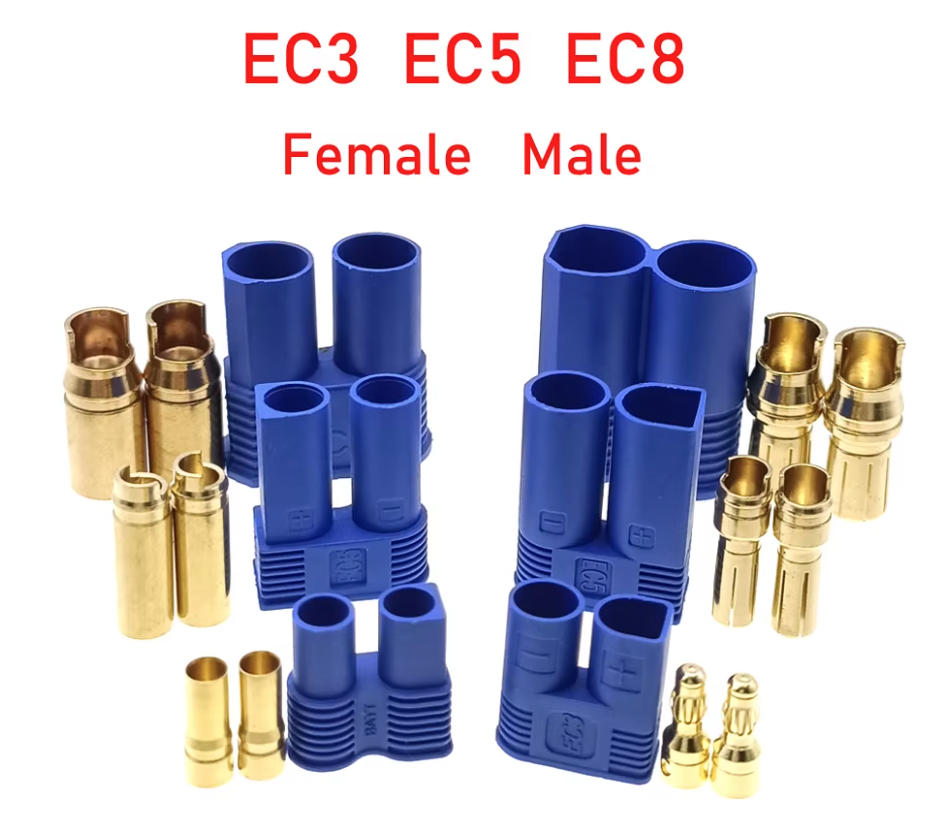
What Is the Difference Between JR and JST Lithium Battery Connectors?
JR and JST connectors are commonly used in the RC hobbyist industry. The main difference lies in their size and compatibility. JR connectors are larger and typically used in bigger RC models, while JST connectors are smaller and found in applications with miniature models and electronic devices. Within the JST connector category, subtypes like JST-PH and JST-XH exist, each with specific specs and use cases. For instance, JST-PH connectors are often used with small LiPo batteries in micro RC models.
What Is the Difference Between XT30, XT60, and XT90 Lithium Battery Connectors?
XT30, XT60, and XT90 connectors are prevalent in the radio control (RC) hobbyist industry, with differences in scale and current-carrying capacity. XT30 connectors are designed for lower power requirements, typically handling up to 30 amps, and are used in smaller RC models and micro drones. XT60 connectors are built to manage moderate currents, ranging from 30 to 60 amps, and are widely applied in various RC models, including electric cars, planes, and drones. XT90 connectors are designed for high-current applications, capable of handling over 90 amps, and are used in larger, more powerful RC models, electric boats, and high-performance aircraft.
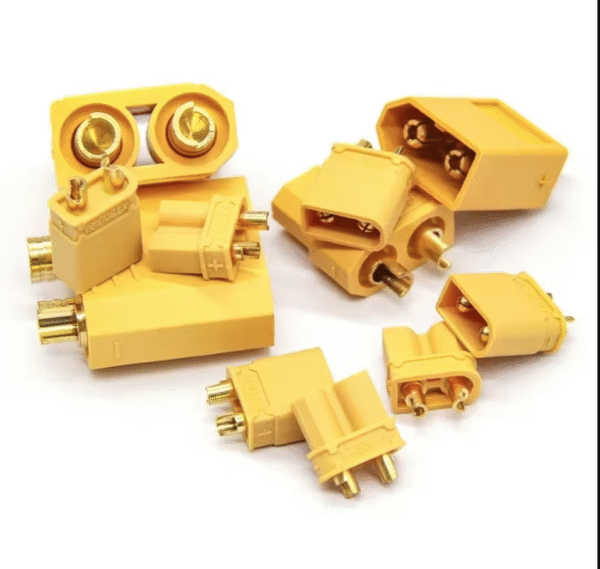
How Do Lithium Polymer Battery Connectors Differ by Voltage?
Differences in lithium polymer battery connectors for various voltages often relate to design, current-carrying capacity, and application suitability. Here are some considerations for different voltage levels:
- Low-Voltage LiPo Battery Connectors (e.g., 3.7V): Connectors like JST-PH, Molex Picoblade, Micro JST, and PH 2.0 are commonly used for low-voltage LiPo batteries, suitable for micro RC models, small electronics, and space-limited applications.
- Mid-Range Voltage LiPo Battery Connectors (e.g., 7.4V – 11.1V): Connectors such as Deans, XT30, and XT60 are typically used for mid-range voltage LiPo batteries, applied in various RC models like planes, cars, and drones where moderate power levels are needed.
- High-Voltage LiPo Battery Connectors (e.g., 14.8V and above): Connectors like XT90, EC5, and EC8 are designed for high-voltage LiPo batteries, used in larger, more powerful RC models, electric boats, and high-performance aircraft where voltage and current capacity are essential.
Conclusion
Understanding the types of lithium-polymer battery connectors is crucial for hobbyists, engineers, and anyone working with these versatile battery-powered electronics. Whether you’re working with large remote-controlled models, small electronic devices, or 12V systems, choosing the right connector ensures optimal performance, safety, and longevity for your lithium-polymer battery. Consider the specific requirements of your application and select the connector that best meets your needs. As a leading global lithium-ion battery cell manufacturer, Newbettercell offers specialized custom solutions for remote control batteries, drone batteries, FPV batteries, and battery management systems (BMS) to meet your specific application needs. Please feel free to contact us with any questions or inquiries.

